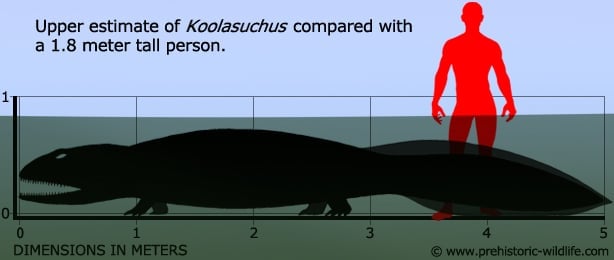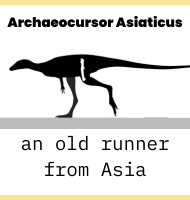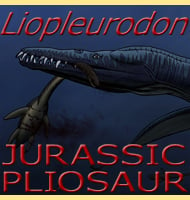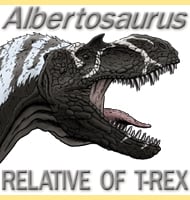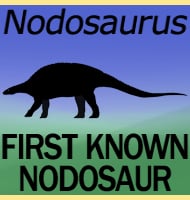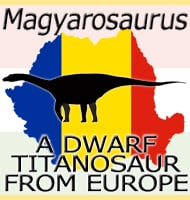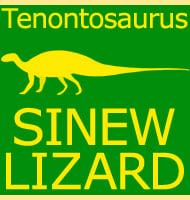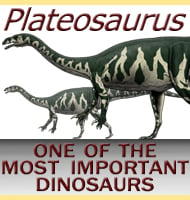In Depth
Koolasuchus is a good example of a late surviving temnospondyl. Most of the other members of this group had been long extinct by the time of the Aptian, but Koolasuchus had managed to hang on in the cooler climate of what would become Australia. However when the climate warmed, crocodiles that were becoming increasingly common were able to move into the area. It is thought that crocodiles out competed Koolasuchus as the top aquatic predators leading to its ultimate demise.
Koolasuchus was named after the palaeontologist Lesley Kool, whereas the tye species is named after the geologist Mike Cleeland.
Further Reading
– The last, last labyrinthodonts?. – Palaeontographica A 247: 1–24. – A. A. Warren, P. V. Rich & T. H. Rich – 1997. – A giant brachyopoid temnospondyl from the Upper Triassic or Lower Jurassic of Lesotho. – Bulletin de la Societe Geologique de France 176 (3): 243–248 – J. S. Steyer & R. Damiani – 2005.
